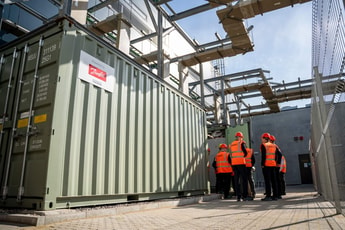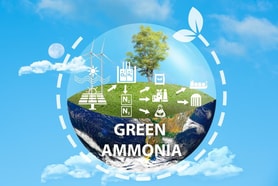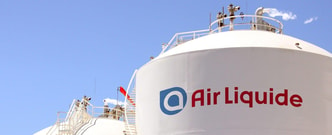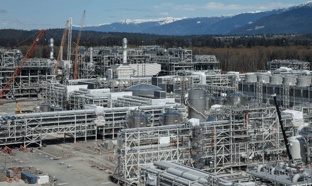Prioritise green hydrogen for hard-to-abate sectors
Green hydrogen must be used wisely and hydrogen production recognised as a limited resource that must be strategically allocated to hard-to-abate sectors, according to a new Danfoss report.
With hydrogen production set to consume more than half of today’s electricity demand by 2050, energy efficiency in its production is paramount, according to the ‘Green hydrogen: A critical balancing act’ paper.
“The potential of hydrogen as a clean energy carrier is immense,” said Mika Kulju, President, Danfoss Power Electronics and Drives. “But it must be produced efficiently to minimise costs, and we need to deploy it judiciously. To maximise its impact, which is paramount, green hydrogen should be channelled into sectors where alternatives to fossil fuels are limited, ensuring the greatest reduction in greenhouse gas emissions.”
While current green hydrogen conversion processes incur an energy loss of approximately 30%, existing technology can minimise this loss. For instance, efficient converters converting alternating current (AC) to direct current (DC) for electrolysers can increase overall production efficiency by roughly 1%.
... to continue reading you must be subscribed
























